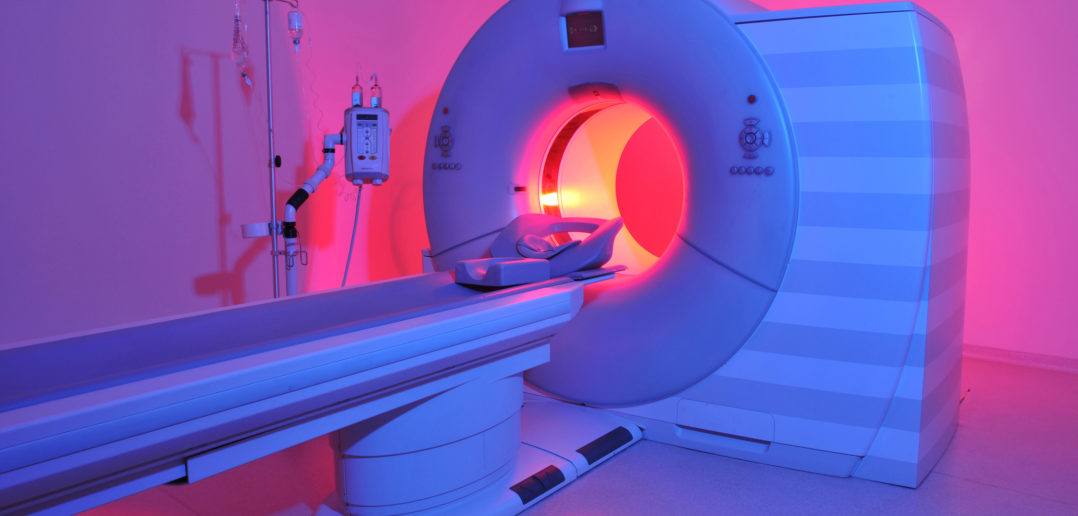
Imaging doubles contrast between tumors and normal brain tissue
A new three-dimensional imaging technique has been developed that greatly improves the visibility of brain tumors in magnetic resonance imaging (MRI) scans. The new technique, invented by a scientist at Northwestern University Feinberg School of Medicine, will potentially enable earlier diagnosis of tumors when they are smaller and more treatable.
In a study of 54 patients with brain tumors published in Science Advances, the technique was found to provide a two-fold improvement in the contrast between tumors and normal brain tissue compared with existing MRI techniques in widespread use.
“Our goal is for the new technique—T1RESS—to help thousands of patients at high risk for cancer by allowing malignant tumors to be detected at an earlier, more curable stage,” said inventor and lead author Robert Edelman, MD, clinical professor of Radiology. “We also hope the improved visibility of the tumor margins on contrast-enhanced scans will result in better outcomes from surgery or radiotherapy.”
To better understand the mechanism by which T1RESS improves tumor visibility on MRI scans, consider the challenge of trying to see stars during the daytime, Edelman said.
“There just isn’t enough contrast between the stars and the sunlit sky to make them visible,” Edelman said. “In the case of brain tumors, T1RESS doubles the contrast between tumors and normal brain, so the tumors are more easily detected. It’s like looking at the stars on a dark night.”
While the current study focused on imaging brain tumors, the investigators plan to apply the technique to detect cancer in the breast and prostate.
More than 700,000 Americans are living with a brain tumor and nearly 16,000 will die from their tumor this year, according to the American Brain Tumor Association.
The benefit of the new imaging is particularly noticeable for very small malignant tumors which are difficult to see with standard imaging techniques. “We can detect them while they are very small and still operable, and before they have invaded other tissues or metastasized to other regions of the body,” Edelman said.
For patients undergoing radiation therapy, T1RESS may prove helpful by better depicting tumor size and shape and detecting small tumors that would otherwise escape detection and treatment. It is also hoped that the improved visibility of the tumor margins on contrast-enhanced scans will result in better outcomes from surgery or radiotherapy.
MRI techniques for cancer imaging have evolved relatively slowly over the past decade. T1RESS applies the radio waves and magnetic fields used to generate the MRI signal differently from existing cancer imaging techniques. As a result, T1RESS is able to manipulate the signals from various brain tissues in a unique way so as to produce a very significant improvement in tumor visibility.
The findings of this initial study will need to be confirmed in a larger multi-site trial, Edelman said.
If the benefits are confirmed, it will be straightforward to make the technology widely available on MRI scanners throughout the world, Edelman said. The technology only involves installation of a specialized software package, Edelman said.
Funding was from grants R01 HL137920 and R01 HL130093 from the National Heart, Lung, and Blood Institute, and grant R01 EB027475 from the National Institute of Biomedical Imaging and Bioengineering, both of the National Institutes of Health.






